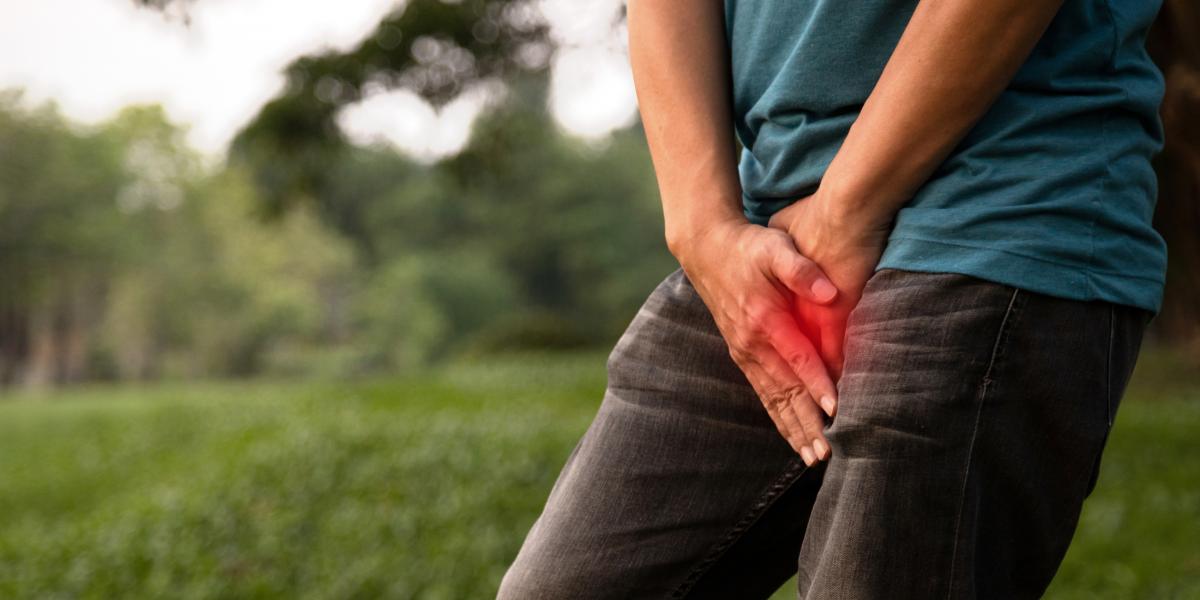Bladder Control Problems Don't Need to Stay Shrouded in Mystery

The bladder is an important part of the urinary tract. It holds and stores urine until it reaches a certain threshold and requires the urine to be removed. For most people, this takes several hours. However, not everyone’s bladder control is perfect. Many suffer from urinary incontinence. People with urinary incontinence may find that they leak urine throughout the day. This can be brought on by a bunch of different scenarios. Due to the general embarrassment that many people feel about urinary incontinence, many feel unwilling to talk about it. This is unfortunate, as there’s many things that can be done to help stop or reduce the issues with bladder control. What follows are some common questions and answers to help deal with bladder control.
The 5 Important Questions
1: How Does Someone Get Urinary Incontinence?
A: Quite simply, the list of ways to get urinary incontinence and lose bladder control is incredibly long. Urinary tract infections are particularly troublesome. Changes in hormone levels can cause a lot of problems. This includes issues like getting pregnant, undergoing menopause, problems with the prostate or undergoing a hysterectomy. A person’s diet and drink choices can cause them to lose bladder control as well.
2: Is Bladder Control Loss Temporary?
A: In some cases, bladder control loss can urinary incontinence can be temporary. This is most commonly caused by food and liquids. Specifically coffee and alcohol are big problems. Drinks with artificial sweeteners can also cause a problem. This can also include sparkling water or carbonated drinks. When it comes to food, citrus foods are often an issue. Chili peppers and chocolate can also cause a lot of problems. Unsurprisingly based on those items, food that has a lot of sugar, acid or spice levels can be an issue.
3: Are All Cases the Same?
A: There’s actually a number of different types of urinary incontinence that can cause someone to lose their bladder control. Stress incontinence comes from moments of physical stress. This can come from forms of exercise, or from simple issues like coughing. Overflow incontinence has to deal with a bladder that doesn’t fully urinate properly. Urge incontinence is the involuntary need to urinate. This is very commonly caused by minor medical issues or infections. Functional incontinence is due to mental or physical issues
4: What is a Catheter?
A: There are several different types of catheters. Basic urinary catheters are inserted through the tip of the penis and extend up to the bladder. They help drain the bladder fully to help with incontinence. There are also condom catheters which are worn around the penis, and then have a tube which extends to a bag that collects the urine. Many men find these more comfortable.
5: How Do Women Handle Bladder Control Problems?
A: There have been many products created to help out with urinary incontinence specifically designed for women. Disposable underwear will absorb urine leaks and then are disposed of. They can come in many styles. Incontinence panties are specifically designed to absorb leaks of urine. The liner and built in cloth pad are washable and they can be reused. Absorbent pads are placed within standard underwear using adhesive strips. From there, they perform the same function as incontinence panties. In severe cases, plastic pants can be worn over undergarments and beneath regular pants. They protect clothing from more serious leakage. Pessaries are inserted into the vagina and compress the urethra while supporting the bladder. Once properly fitted, these can assist women dealing with almost all forms of bladder control loss.


